Top 11 Largest Rivers in the World
Nature WorldWide September 30, 2023 0
Rivers are the lifeblood of our planet, shaping landscapes, nurturing ecosystems, and providing water for countless communities. From the grandeur of the Amazon to the historic Nile, these waterways have played pivotal roles in human civilization and continue to do so today. In this blog post, we’ll embark on a journey to discover the top 11 largest rivers in the world, marveling at their size, significance, and the diverse ecosystems they sustain.
List of Top 11 Largest Rivers in the World
- The Amazon River
- The Nile River
- The Yangtze River
- The Mississippi-Missouri River
- The Yenisei River
- The Yellow River
- The Irtysh River
- The Paraguay River
- The Congo River
- The Amur River
- The Mekong River
11 Largest Rivers in the World
The Amazon River
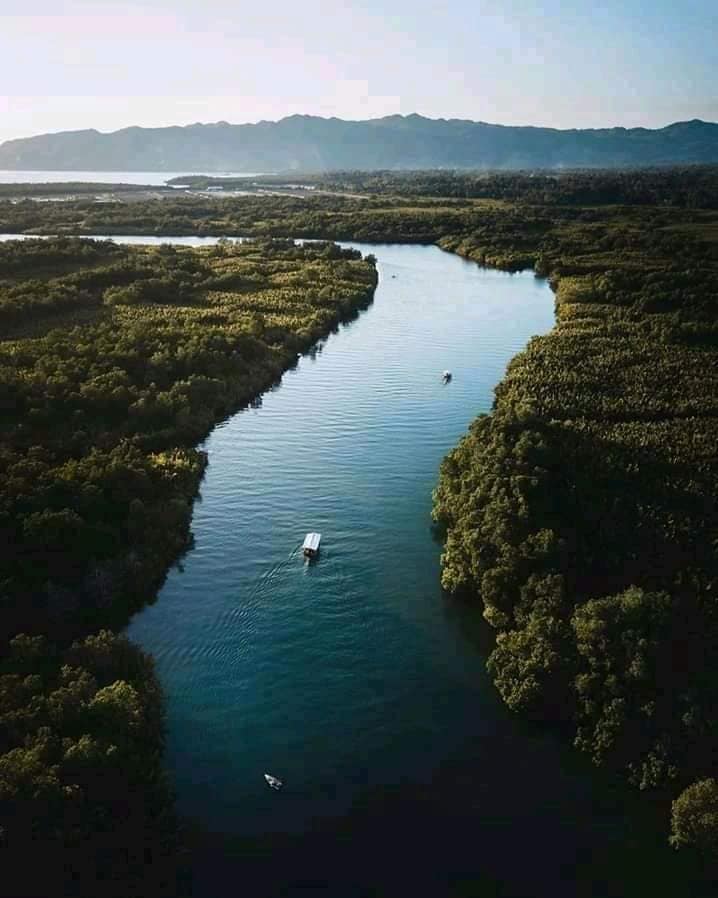
Spanning approximately 4,000 miles across South America, the Amazon River reigns supreme as the largest river in the world. It’s not just a river but a colossal network of interconnected waterways that form the heart of the Amazon Rainforest. This mighty river is home to an incredible array of wildlife and plants, making it an ecological wonder.
Read More: The 11 Most Sacred Rivers of India
The Nile River
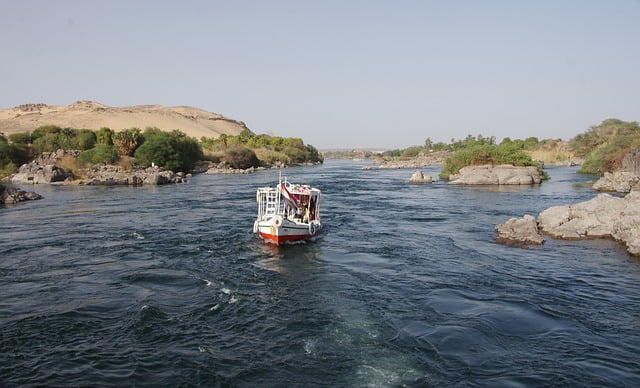
The Nile, with its storied history and vital importance to ancient Egyptian civilization, stretches for about 4,135 miles. It is the longest river in the world and continues to be a crucial source of water for Egypt and Sudan. The Nile’s annual flooding sustains agriculture along its banks, just as it did thousands of years ago.
The Yangtze River
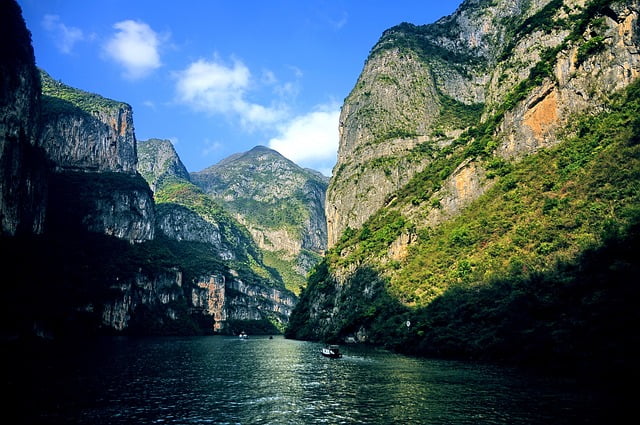
China’s Yangtze River flows for approximately 3,917 miles, making it the longest river in Asia. This iconic waterway plays a significant role in Chinese culture and serves as a lifeline for millions of people who live along its banks. The Three Gorges Dam on the Yangtze is one of the largest hydroelectric power stations globally, harnessing its immense power.
Read More: Top Highest Rainfall Places in India
The Mississippi-Missouri River
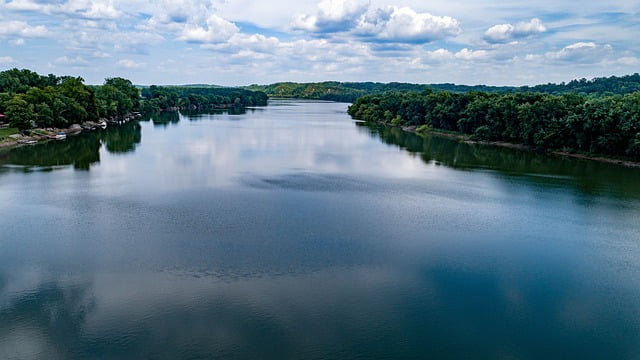
The Mississippi-Missouri River System is the largest river system in North America, spanning over 3,710 miles. These rivers have been instrumental in shaping the history and geography of the United States, providing transportation routes, water supply, and fertile farmland.
The Yenisei River

Located in Siberia, Russia, the Yenisei River stretches for approximately 3,442 miles. It flows through some of the world’s most remote and pristine wilderness areas, making it a vital artery for the region’s ecosystems.
Read More: 10 Largest Freshwater Lakes in The World
The Yellow River
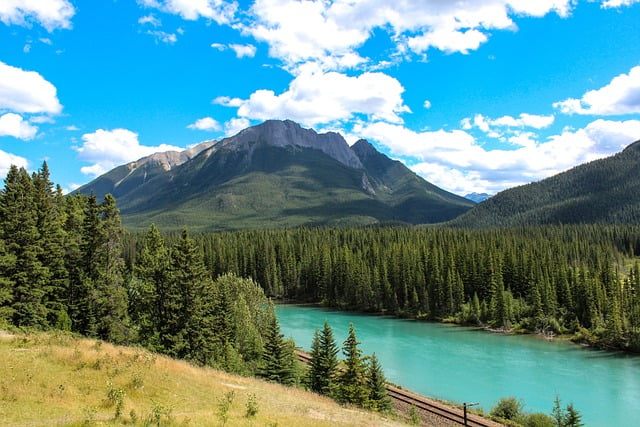
China’s second-largest river, the Yellow River, is about 3,395 miles long. Often referred to as the “Mother River of China,” it has been both a blessing and a curse due to its frequent flooding throughout history. Today, extensive efforts are made to control and manage its waters.
Irtysh Rivers
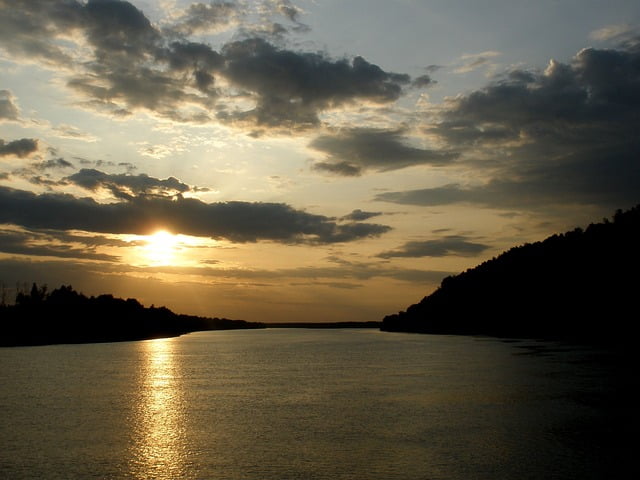
Stretching approximately 3,364 miles, the Ob and Irtysh rivers combine to form one of the world’s longest river systems. These rivers traverse Russia and Kazakhstan and are crucial for transport and agriculture in the region.
Read More: 10 Natural Wonders Of The World
Paraguay River

The Parana and Paraguay rivers, with a combined length of approximately 3,032 miles, meander through Brazil, Paraguay, and Argentina. These rivers play a pivotal role in South America’s transportation and support diverse ecosystems, including the Iguazu Falls.
The Congo River

In the heart of Africa, the Congo River flows for about 2,920 miles, making it the continent’s second-longest river. It is known for its powerful rapids and dense rainforest surroundings, and it supports a rich variety of wildlife.
Read More: 10 Breath-taking Places You Must Visit Before You Die
The Amur River
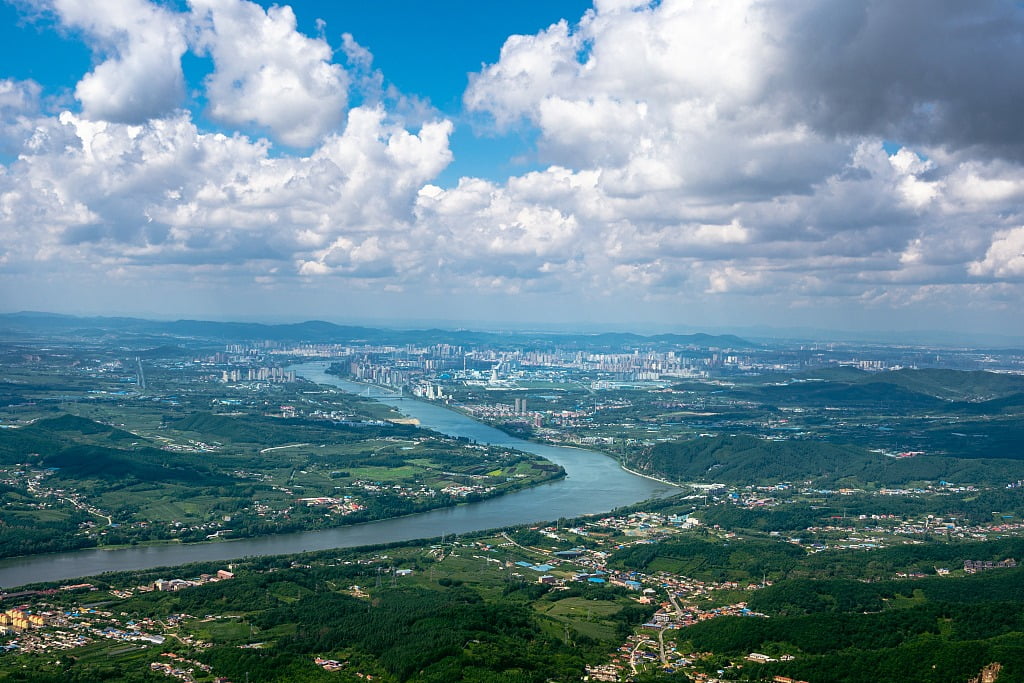
The Amur River serves as a natural boundary between Russia and China, stretching for about 2,824 miles. It is a vital source of freshwater and sustenance for the region’s diverse cultures.
The Mekong River
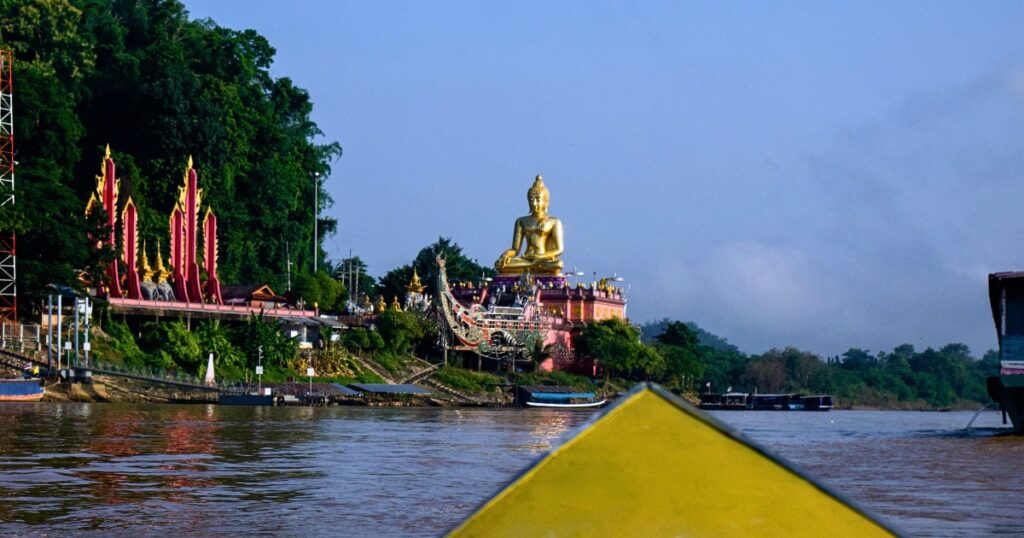
Flowing through Southeast Asia for approximately 2,703 miles, the Mekong River is a lifeline for the people of Myanmar, Laos, Thailand, Cambodia, and Vietnam. Its delta is home to a wealth of biodiversity, and it plays a crucial role in the region’s agriculture and fisheries.
Read More: The Top 11 Coldest Rivers in the World
Conclusion
These 11 mighty rivers are not only geographic wonders but also essential components of the ecosystems they traverse and the communities they sustain. From the Amazon’s lush rainforests to the historic Nile’s fertile plains, these waterways continue to shape our world in profound ways. As we recognize their significance, it’s crucial to prioritize their conservation to ensure that they remain vibrant and thriving for generations to come.




